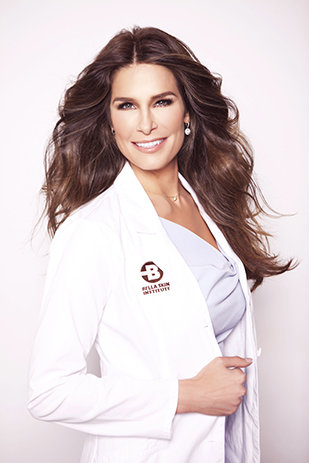Technology is transforming medical procedures at a dizzying speed. The tools that some doctors have to rebuild joints and bones are helping success rates and overall satisfaction rise dramatically.

Knee injuries are a huge health problem with more than 73% of Americans over 40 experiencing knee pain. When pills no longer work, total knee replacement (TKR) implants are often the answer. In fact, TKRs are among the Top 5 most common surgical procedures in the U.S. with more than 600,000 performed every year.
A new TKR surgical procedure uses sophisticated GPS software to create a “roadmap” of each individual patient’s knee, showing the surgeon precisely where to insert the implant and making its alignment virtually 100% accurate.
Conventional knee surgery has a 1-in-4 chance of needing repeat surgery to realign the transplant. In short, “GPS for the knees” advances TKR surgery from an art into a science. Best of all, this state-of-the-art technology does not increase the cost of the operation.

Dr. Jaime Hernandez, M.D. is a Harvard-trained orthopedic surgeon at Southern California Institute of Orthopedics who pioneered this technique. Los Angeles NBC Affiliate KNBC interviewed a policewoman fighting to save her career from crippling knee pain.
To solve her mobility problems, Dr. Hernandez used two high-tech imaging systems that create a GPS-like map of the knee and surrounding area and provide measurements within half a degree and half a millimeter.
“The idea is that, with this new technology, we can turn that 80 percent into a 90 percent or 95 and make this an almost perfect surgery,” Hernandez tells KNBC.
Dr. Hernandez employs infrared signals and a special pointing device, making a virtual map of the area. He then receives real-time live measurements of the knee and its parts as he puts the new knee together. This newer technique ups the accuracy rates.
“The most important part of a knee replacement is to have the knee nice and snug and equal on both sides,” Hernandez explained to KNBC. “You don’t want your knee too loose on one side and too tight on the other. You want it nice and snug all the way around.”
Los Angeles Police Department Officer Sandra Liddy was the patient who benefited from Hernadez’ surgery method and is currently recovering and set to return to her job in 100% capacity.
“I’m in constant pain so I cannot put a uniform on right now,” Liddy told NBC4 before her surgery. “Because I’m in pain, because I’m on medication, I can’t get into a black and white (patrol car).”
